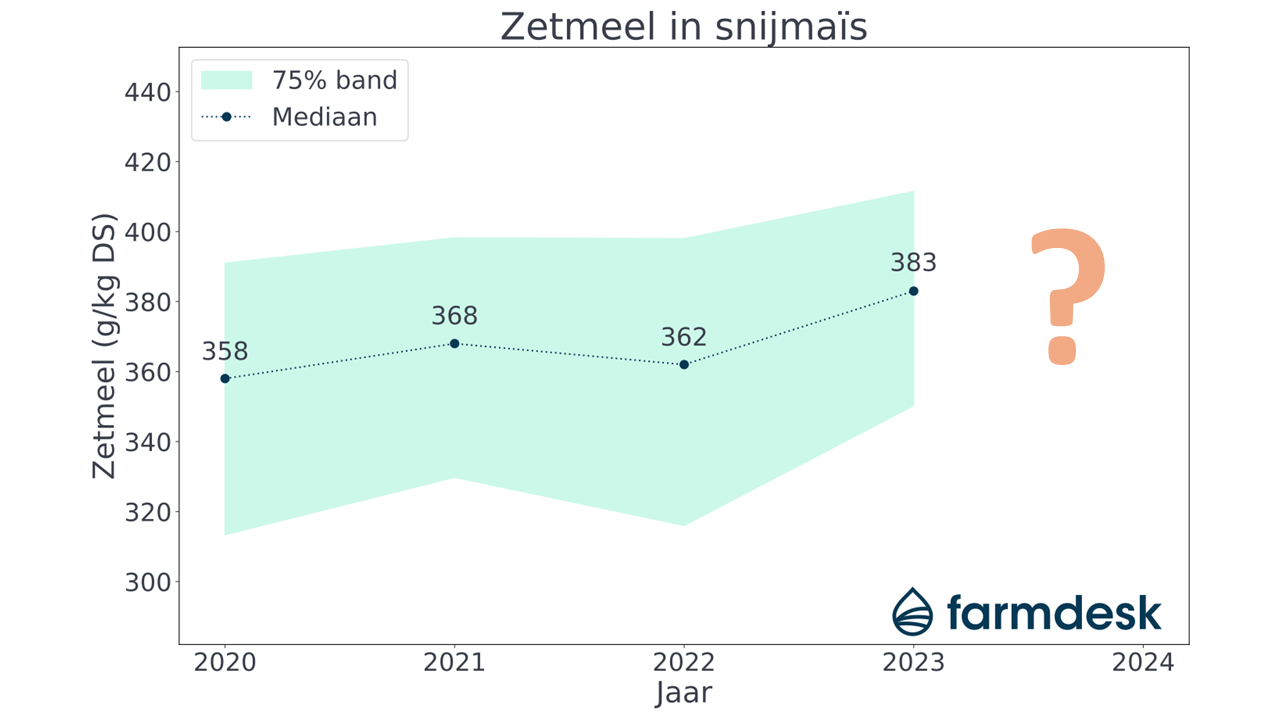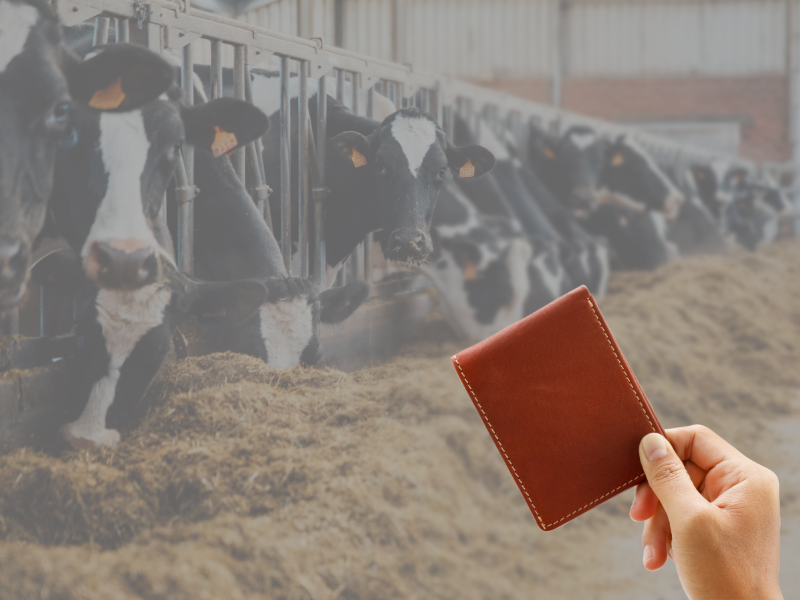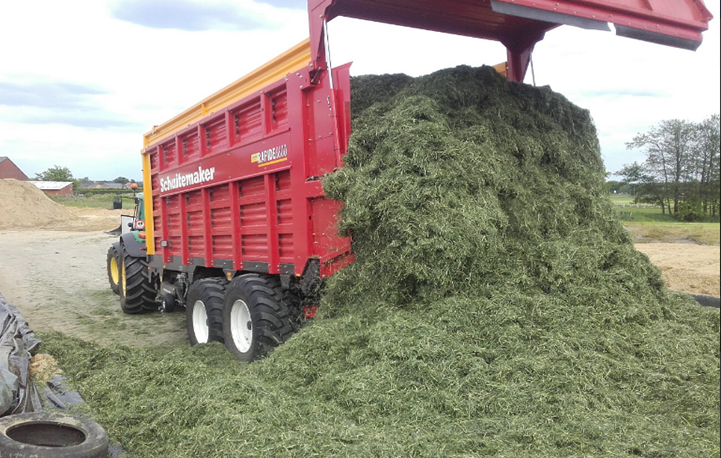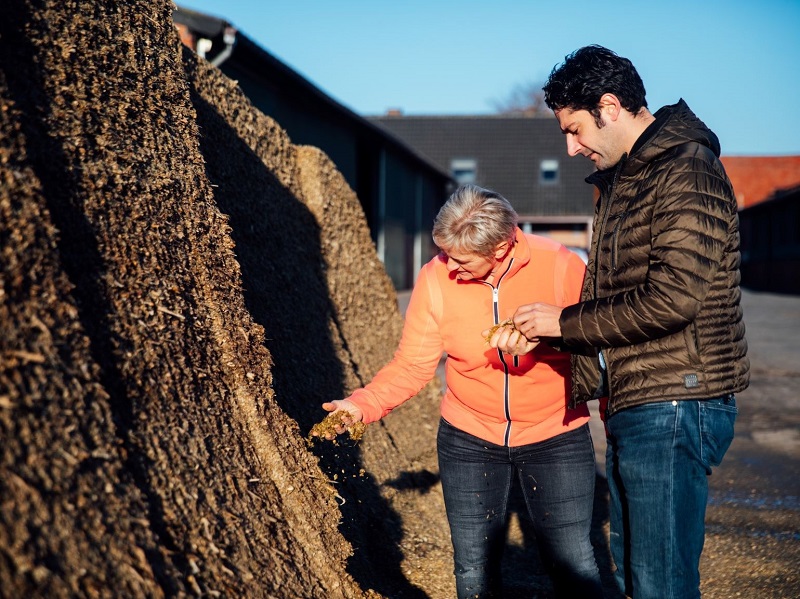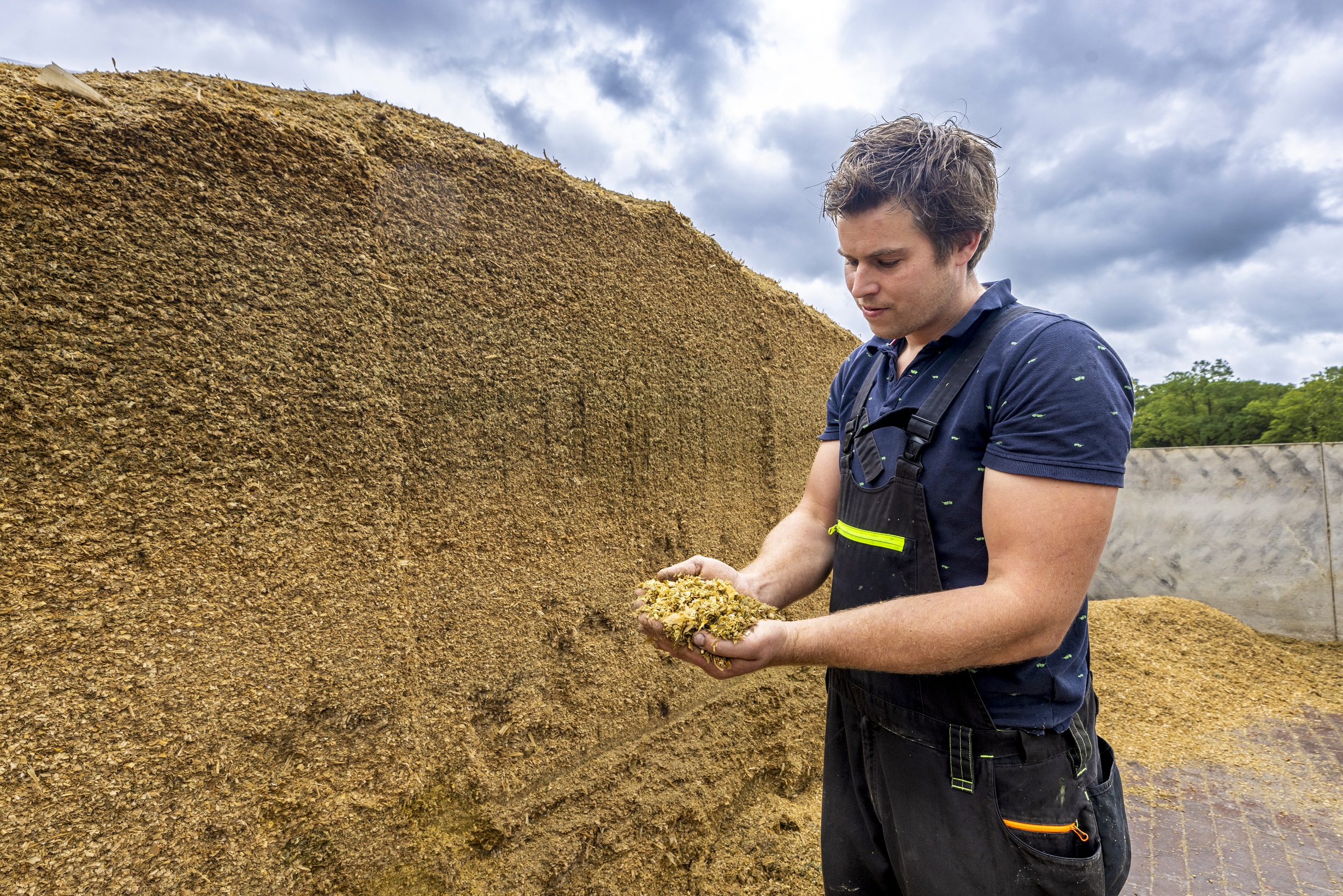In this article, we take you through a step-by-step plan that will help you make your own feed profit improvements. Every dairy farmer strives for high returns from their current operations. Working towards a higher feed profit is an important item to increase this return.
About a third of a dairy farm's milk yield is spent on feed costs, with a huge variation between the 25% best-performing farms and the 25% lower-performing farms. This probably won't be new, but it does point out the essence of optimizing your feed profit.
When you talk about optimizing your feed profits, on paper it's not that difficult. You are trying to increase your milk yields and reduce your feed costs. This results in a higher feed profit. However, in practice it is not as easy as it sounds on paper.
Optimization can be learned
If you want to get started optimizing your feed costs, in many ways you can easily do it yourself. You must dare to ask yourself critical questions and answer them honestly. You can make your operations throughout the year look as good as possible to the outside world, but accounting doesn't lie. Optimizing can be done, for example, by working with a step-by-step plan. This article will help you do just that.
Step 1: Take stock of where you are now
Map out where you are now: calculate what your current feed profit is. Do not calculate this feed profit over a single day, as this will not give you a realistic picture of your operations. For example, measure over the period of a month how much cost you are incurring and how many gallons have been returned in return. This will allow you to create a looking point at which you can start optimizing.
In Farmdesk you can very easily get a picture of these key figures in the economy module,see the graphs below. Namely, you get insight into your feed costs and your feed profit. A combination of costs and revenues. If you have insight into the current results, you can also start thinking about what goal you are going to set yourself and then make a plan to do better.
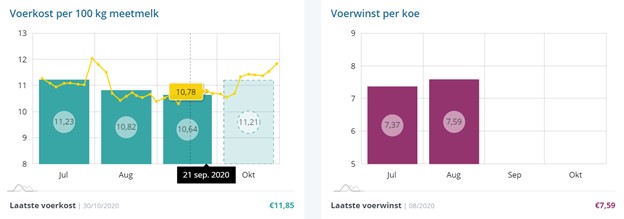
Step 2: Set clear and SMART goals
Make sure you formulate goals SMART. SMART stands for: Specific, Measurable, Acceptable, Realistic and Time-bound. The purpose of SMART is that you are specific. Words like "more and less" are out of the question in this regard. You need to be concrete and specific in order to set goals.
Formulating a goal as "more milk yield" or "a slightly higher feed profit" is not SMART. What is SMART is, for example, "I want to achieve an extra feed profit of 50 cents per 100 liters of measured milk within 6 months." In fact, this is quite specific and meets all the criteria of SMART.
Step 3: Create a plan that is measurable
Be able to formulate a goal? Then it's time to work out a good plan to achieve this goal. Gathering knowledge in advance will make it easier for you to formulate a plan. Invite a fellow dairy farmer to spar about what solutions are available, or sit down with a consultant to discuss your options. The fact remains that your goal comes first and your focus should be on that. It's okay to have several advisors look into your and your nutritionist's kitchen. After all, you will only get smarter by doing so. So many opinions and so many solutions you will hear.
Each has their own vision, but also brings solution approaches to achieve the goal of 50 cents per 100 liters. It's up to you to properly filter which solution can work. After talking with colleagues or advisors, clearly formulate which action points you will implement. This way you can monitor which actions you are going to implement and see if they are effective.
In Farmdesk you can also make your own forecast with expected kilograms of milk and corresponding feed costs. This will give you insight into what your ration is worth. Don't forget to consider other management factors such as housing, feed quality, climate and other conditions.
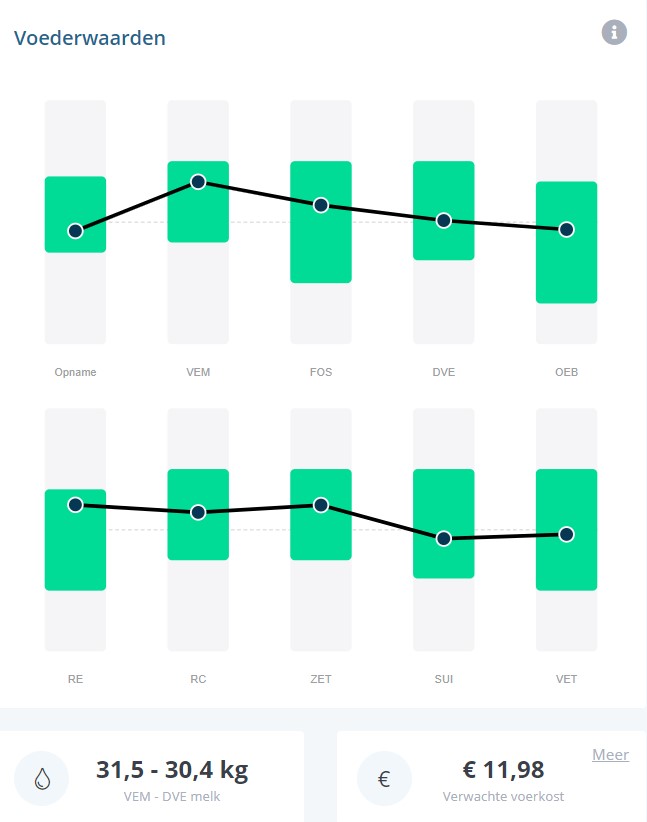
Step 4: Provide evaluation moments
After you've taken action on your business, it's time for evaluation. You're going to take stock. You can do this in the interim (important because you want to know where you stand), but definitely do it at the end of your set deadline. So in our story, after 6 months. After all, you have set a goal to increase your feed profit by 50 cents in 6 months. Now to take stock. Questions to ask yourself here are:
- Have you achieved the goal?
- If a mid-term review: Where are you on your way to your goal?
- What actions made the difference?
- Which actions had a different effect?
- What didn't work?
- What will be the next steps?
Step 5: Make new plans to constantly improve
With improvement, you are never done. You can strive every day to get the best out of yourself and your farm. If you are through your first plan, make a new plan to focus even more sharply on your feed profit. Maybe you have a completely different theme you want to optimize, such as cultivation or management themes in the barn. If you work concretely, you will see that you are making progress. Don't sugarcoat your results, make them better!

